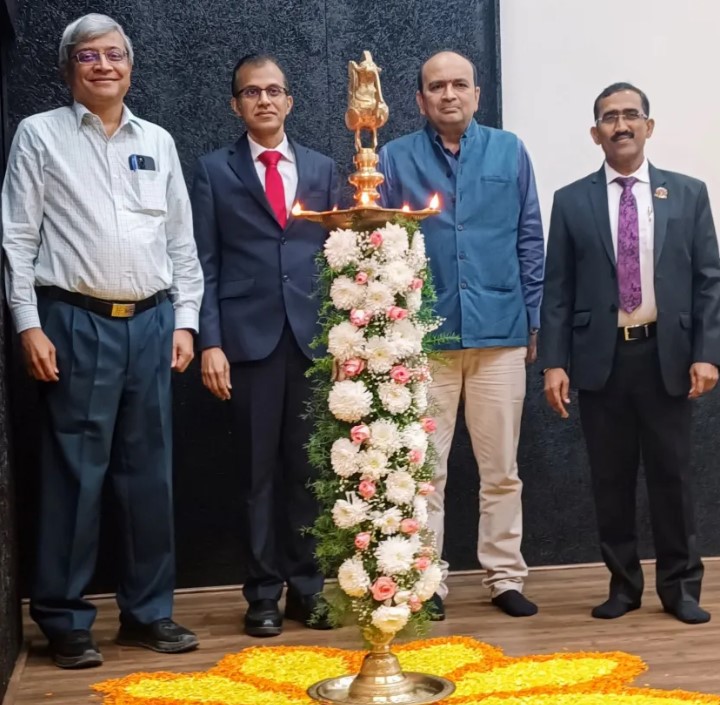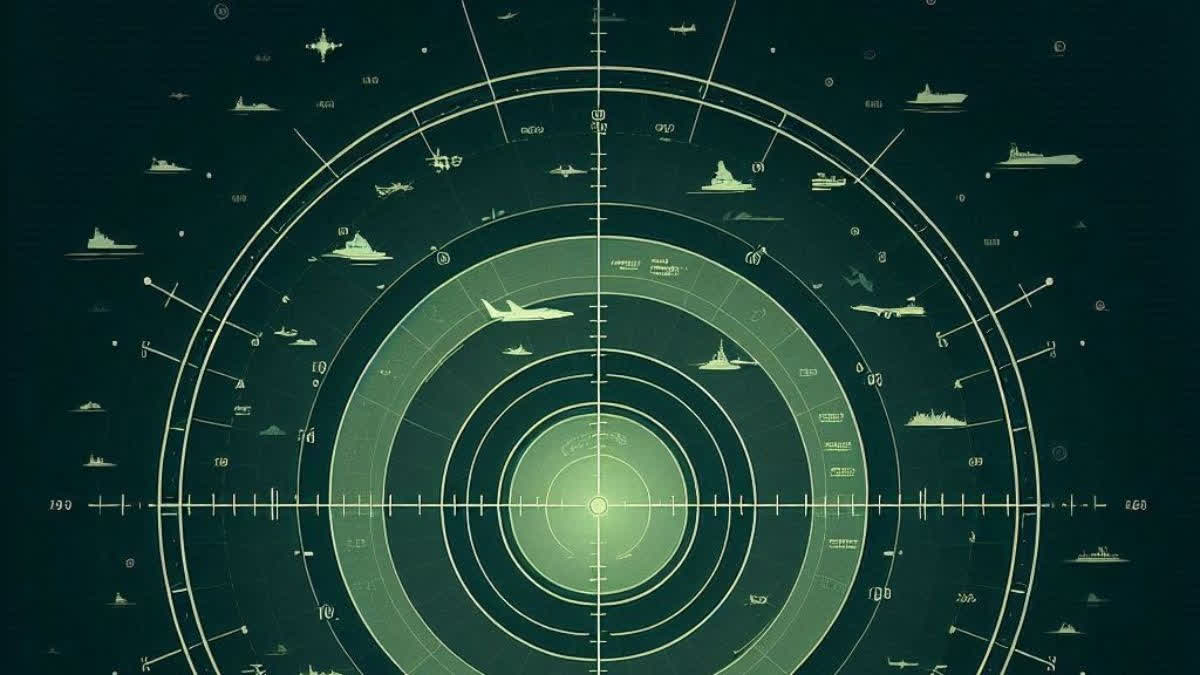By Anubha Jain
Bengaluru: Radars play a vital role in the defense of the nation by enabling the early detection and neutralisation of inimical targets, said D Seshagiri, Scientist and Director of Naval Physical & Oceanographic Laboratory (NPOL), DRDO. Delivering the 35th Jawaharlal Nehru Memorial Lecture titled “Airborne Radars- Indian Scenario” at the Central Power Research Institute (CPRI), he termed radar as a crucial technology that is not limited to war needs.
"Radar is an important component in any war. The usage of radar has become more ubiquitous spanning such as weather prediction, underground object detection and in agriculture apart from defence applications," he said.
Radars, developed during World War II to overcome the brittleness of bombs, have since transformed the course of history and technology. These systems evolved into essential tools for surveillance, detection, and defence. Today, with radar technologies, even objects thousands of kilometres away can be detected and tracked, offering high levels of precision and operational capability.
Development of Indian Airborne Radars
The lecture brought about the journey of the development of Indian Airborne Radars. Seshagiri emphasised the significance of airborne radars, noting that only a few countries worldwide have managed to develop them due to their technological complexities. India has successfully developed and inducted surveillance radars, including primary radars for Airborne Early Warning and Control Systems, into the Indian Air Force (IAF). He added that these radars have been actively participating in various IAF exercises.
He further stated that the UTTAM Radar, a fire control radar developed for the TEJAS Light Combat Aircraft (LCA), is a multi-mode, multi-target tracking, active electronically scanned array-based radar. Its success paves the way for integration into various fighter platforms. Plans are also underway to integrate modified versions of this radar into unmanned aerial vehicles (UAVs) and maritime patrol aircraft, applicable for both fixed and rotary-wing platforms.
Advancements in Synthetic Aperture Radar (SAR)
Talking to ETV Bharat, Seshagiri said that one significant advancement in radar technology is Synthetic Aperture Radar (SAR), which provides high spatial resolution and allows the detection of small objects on the Earth’s surface with remarkable accuracy. SAR can detect objects as small as 1 metre x 1 metre, and modern systems can even neutralise such threats, he explained.
"In aviation, radars are often used for flight control, including high-speed rotating radars to monitor and guide aircraft as they travel long distances," he added.
INDIRA-I: India's First Major Radar
Talking about India's first major radar, INDIRA-I, he said that it had a range of 50-60 km. "Designed for tactical surveillance and low-level target detection, this 2D mobile radar was created by the Defence Research and Development Organisation (DRDO)," he further said.
Evolution of Radar Technology in India
Over the last few decades, radar technology has evolved significantly, with India now possessing advanced radars that rival global powers such as Israel, from whom India previously imported radars.
Seshagiri said that early radars were 2D systems, providing information on the range and azimuth (horizontal direction). Modern radars, however, are 3D systems that also measure elevation, allowing them to create detailed three-dimensional images of targets. The development of advanced radars is critical in missile defence systems such as Akash, Barak 8, and Trishul, which require precise tracking of aerial threats.
Advantages of Airborne Radars
Seshagiri said that Airborne radars address some of the limitations of ground-based radars, especially in low-altitude situations where the radar's range may be restricted. Airborne radars are capable of detecting and tracking targets at long distances, providing early warnings, and guiding fighter jets or surface-to-air missiles. They are equipped with multiple specialised modes that enhance their effectiveness in tracking highly manoeuvring targets and estimating the altitude of objects on the ground. The ability to cover vast areas from high altitudes makes airborne radar systems indispensable in modern air defence.
Among the most challenging radar systems are Airborne Early Warning & Control (AEW&C) radars. These systems offer flexible surveillance capabilities both in the air and over sea surfaces. With multiple operational modes, these radars ensure mission effectiveness, providing comprehensive situational awareness and enabling efficient control of airspace. India’s advancements in radar technology, especially in airborne and missile guidance systems, demonstrate its growing self-reliance and sophistication in defence technologies, Seshagiri added.

Other speakers at the 65th Institute Day of CPRI in Bengaluru also discussed the role of radar in exploration and submarines, the limitations of surface-to-air radars, and the advancements in aircraft-mounted radars for military use with their extensive range.
Srikant Nagulapalli, IAS, Additional Secretary, Ministry of Power served as the Chief Guest for the event and Professor Govindan Rangarajan, Director of the Indian Institute of Science (IISc) graced the occasion as the Guest of Honour. BA Sawale, Director General of CPRI, presided over the function, alongside Directors Swaraj Kumar Das and Sudhakar Reddy.



